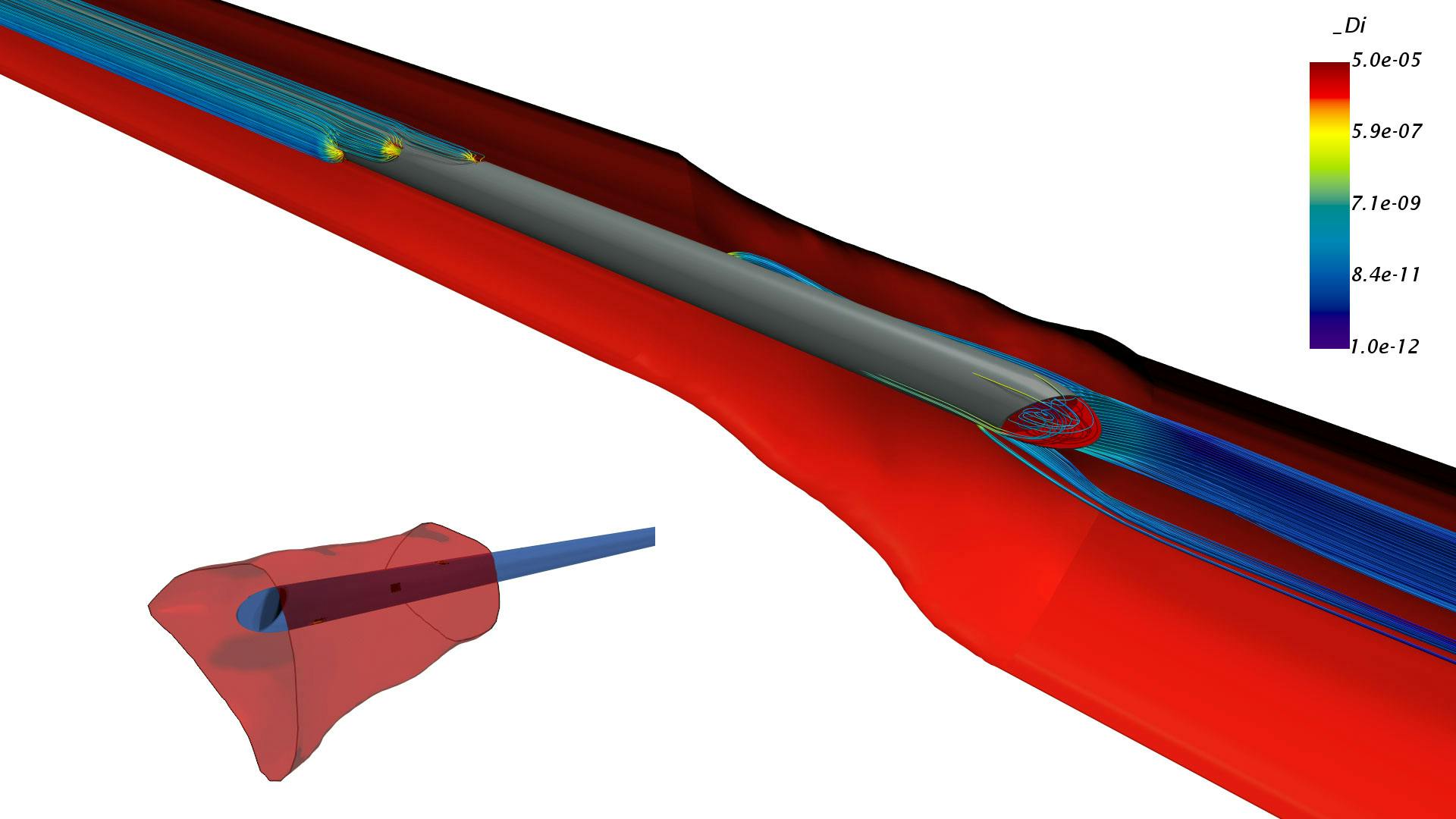As multiphysics simulations become increasingly capable, the possibility of conducting fully digital (“In Silico”) clinical trials gets closer to reality, with the potential to enhance human trials and reduce their size, duration, and cost. One example: performing Computational Fluid Dynamics (CFD) simulations of medical devices used on virtual patients, which can be a powerful tool for realistically assessing device performance and accelerating R&D by complementing bench tests, and tests performed on animals or cadavers.
One way to create virtual patients is to use CT or MRI scans of real patients and convert them into 3D anatomical shapes. Statistical shape modeling can enhance this database by generating average or worst-case anatomies. In this webinar, we’ll demonstrate how the performance of a CFD-optimized hemodialysis catheter can be evaluated on virtual patients representing a wide range of actual human anatomies, including an assessment of the performance effects of varying the catheter placement in the anatomy.
You will learn:
- How simulation has the potential to reduce the size, duration and cost of clinical trials
- How "virtual patients" are created, and how statistical shape modeling extends their value
- How CFD simulation and virtual patients can be used to assess the performance and robustness of medical devices
Note: CFD simulations also have the potential to help clinicians diagnose conditions and select the right treatment. This is another scenario in which the use of anatomical models based on dynamic CT/MRI scans of real patients is essential, as discussed in another webinar, "Simulating Airflow in Dynamic Airway Models", featuring multiphysics CFD simulation.
Speakers:
- Javier Garriz, Marketing Manager, Siemens Digital Industries Software
- Julien Deckx, Product Manager, Virtual Patient Solutions, Materialise
- Aaron Godfrey, Technical Specialist, Siemens Digital Industries Software
